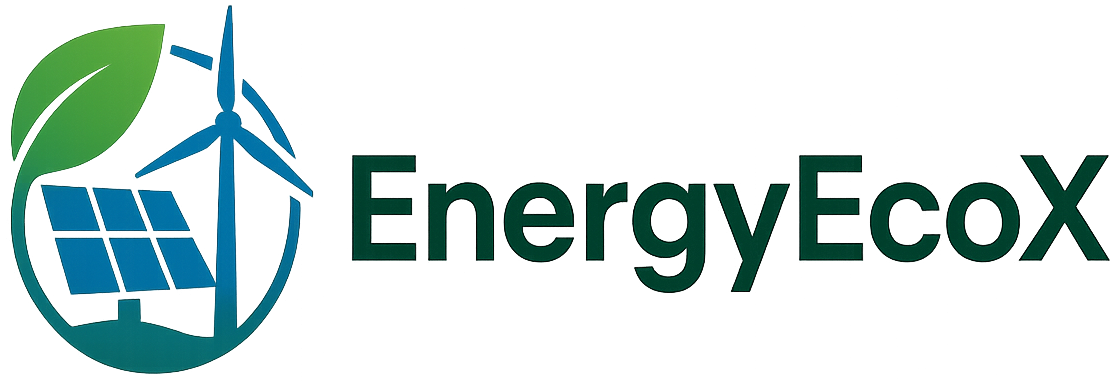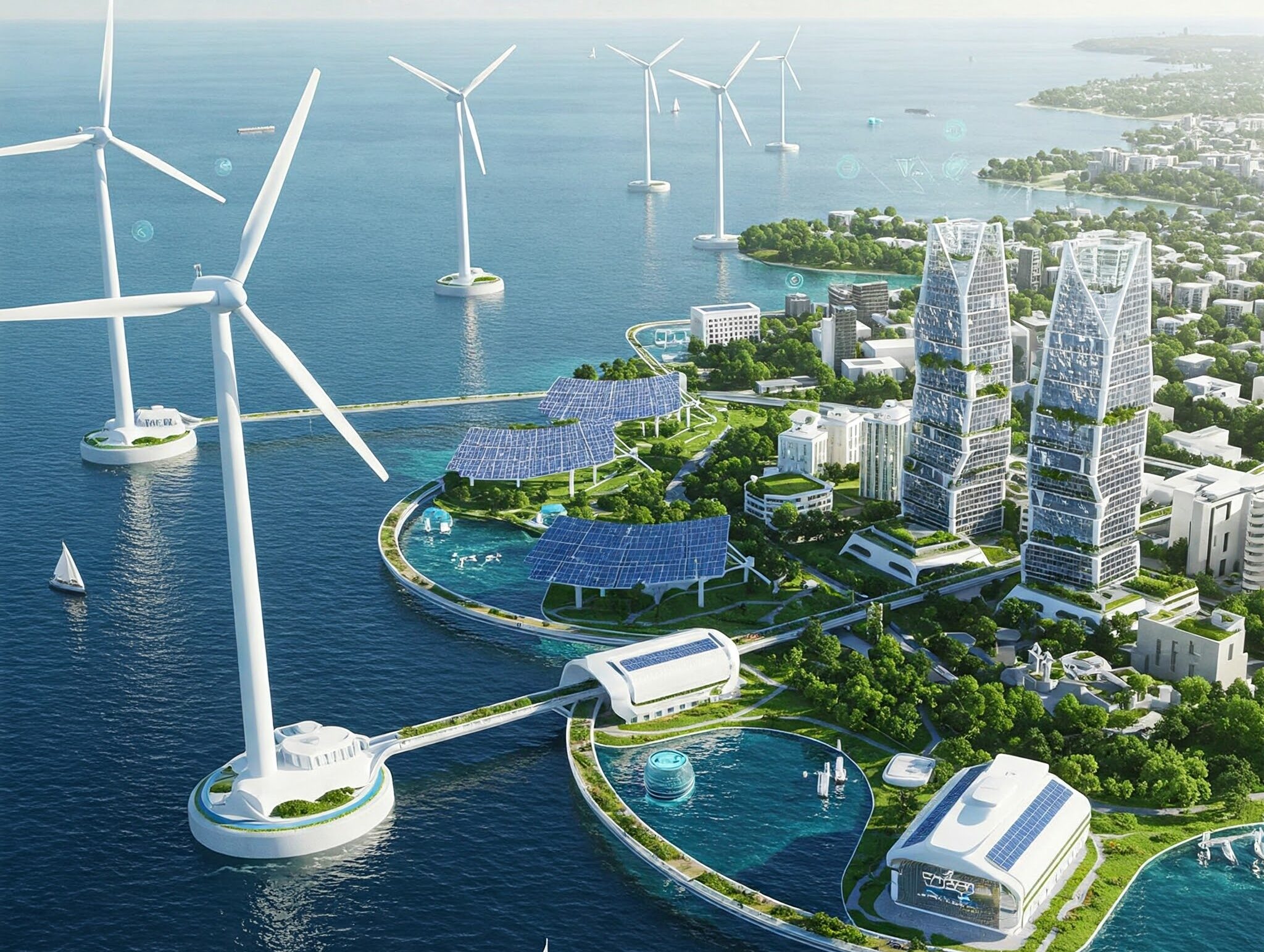Energy derived from renewable natural resources—such as solar, biomass, hydropower, geothermal, and wind—is not only sustainable but can also be naturally replenished over time. As global awareness of climate change and environmental sustainability grows, many countries have set ambitious targets for transitioning to renewable energy. It is now widely recognized as a vital component of the future global energy mix. In this article, we explore the future of renewable energy, highlighting its potential, the challenges it faces, and the opportunities it presents (Demirbaş, 2006).
The Potential of Renewable Energy
Experts widely agree that renewable energy holds tremendous promise for meeting the world’s future energy demands. According to the International Energy Agency (IEA), clean energy sources could generate as much as 56% of global electricity by 2035, up from just 26% in 2018. By 2030, solar and wind are expected to become the most cost-effective sources of electricity in most countries.
A key advantage of renewable energy lies in its scalability. Many renewable technologies are capable of generating electricity at utility-scale. Large wind farms and solar parks, for example, can supply vast amounts of electricity to homes, businesses, and industries.
Moreover, renewable energy is becoming increasingly efficient and affordable. Technological advancements have significantly reduced the cost of production, making renewables competitive—and in many cases, cheaper—than traditional fossil fuels. This growing economic viability is attracting both investors and consumers, fueling rapid expansion across the sector.
Challenges to Renewable Energy Adoption
Despite its promise, renewable energy still faces several obstacles on its path to dominance. One major challenge is its intermittency. Sources like solar and wind depend on weather conditions, which can be unpredictable and variable throughout the day. This variability can make it difficult to maintain a consistent and reliable energy supply, particularly for sectors that rely on continuous power.
Infrastructure limitations also pose a significant barrier. Scaling up renewable energy requires substantial investment in modern transmission and distribution systems. These networks must efficiently transport electricity from often-remote renewable-rich regions to urban centers with high energy demand. Developing this infrastructure can be both costly and time-intensive, demanding coordinated efforts from governments, utilities, and private stakeholders.
In addition, regulatory hurdles can slow progress, especially in countries where fossil fuel industries are well-entrenched. Government subsidies and tax incentives often favor fossil fuels, placing renewables at a competitive disadvantage. Existing regulatory frameworks may also be outdated or ill-suited for integrating renewable technologies, creating unnecessary red tape for new projects.
Opportunities on the Horizon
Nevertheless, the outlook for renewable energy is bright. One of the most promising opportunities stems from the rising global demand for clean, sustainable energy. As awareness of the environmental consequences of fossil fuel consumption grows, consumers and businesses are increasingly seeking alternatives with lower carbon footprints. This demand is driving significant growth in renewable energy markets and opening up new investment avenues.
Another promising development is the advancement of energy storage technologies. Innovations in battery storage, pumped hydro, and other methods are making it possible to store renewable energy for use during periods of low generation. This not only addresses the issue of intermittency but also enhances the reliability of renewable systems.
Furthermore, the rise of smart grid technologies is improving the way energy is managed and distributed. These intelligent systems allow for real-time monitoring and control, increasing the efficiency and stability of power supply—even in complex, renewable-dominated grids.
Beyond environmental and technical benefits, the renewable energy sector is also a powerful engine for job creation and economic development. It is labor-intensive and demands a wide array of skills—from engineering and construction to operations and maintenance—offering valuable employment opportunities in both developed and developing economies.
Conclusion
The future of renewable energy is both promising and transformative. With continued innovation, strategic investment, and supportive policies, renewables have the potential to become the cornerstone of a sustainable global energy system. While challenges remain, the momentum is clear: the world is steadily moving toward a cleaner, more resilient energy future.


Leave a Reply